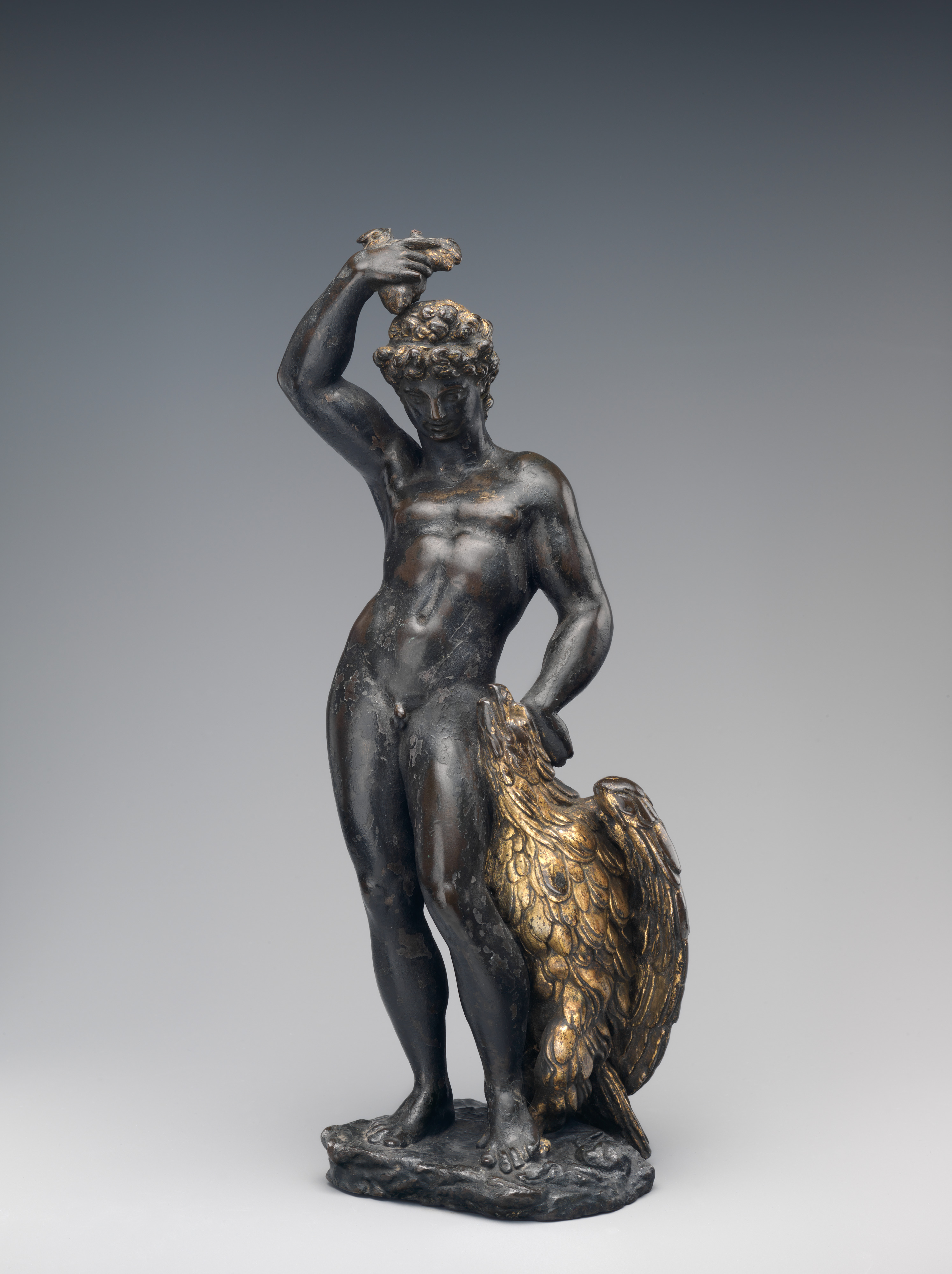
Background External videoĬellini was the first to integrate narrative relief into the sculpture of the piazza. The sculpture is thought to be the first statue since the classical age where the base included a figurative sculpture forming an integral part of the work. Examining the sculpture from the back, one can see a self-portrait of the sculptor Cellini on the back of Perseus' helmet. Cellini's use of bronze in Perseus and the head of Medusa, and the motifs he used to respond to the previous sculpture in the piazza, were highly innovative. The bronze sculpture, in which Medusa's head turns men to stone, is appropriately surrounded by three huge marble statues of men: Hercules, David, and later Neptune. Perseus stands naked except for a sash and winged sandals, triumphant on top of the body of Medusa with her head, crowned with writhing snakes, in his raised hand.

The subject matter of the work is the mythological story of Perseus beheading Medusa, a hideous woman-faced Gorgon whose hair had been turned to snakes anyone who looked at her was turned to stone. When the piece was revealed to the public on 27 April 1554, Michelangelo's David, Bandinelli's Hercules and Cacus, and Donatello's Judith and Holofernes were already installed in the piazza. The second Florentine duke, Duke Cosimo I de' Medici, commissioned the work with specific political connections to the other sculptural works in the piazza. It is located in the Loggia dei Lanzi in the Piazza della Signoria in Florence, Italy.

The sculpture stands on a square base which has bronze relief panels depicting the story of Perseus and Andromeda, similar to a predella on an altarpiece. Perseus with the Head of Medusa is a bronze sculpture made by Benvenuto Cellini in the period 1545–1554. Perseus with the Head of Medusa, in the Loggia dei Lanzi, Florence


 0 kommentar(er)
0 kommentar(er)
